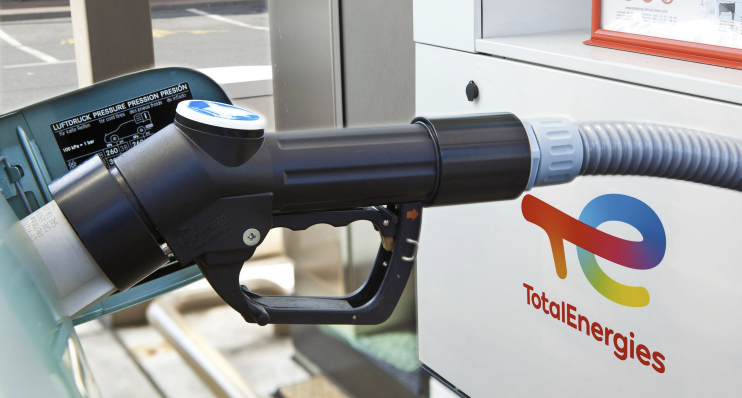Many antique collectors love “visible” gasoline pumps that were common roughly a century ago. They’re the tall ones with a large glass graduated cylinder at the top. When filling up, the station attendant would manually pump gasoline into the cylinder, and then allow it to drain via gravity into the customer’s car. The amount charged was the difference between the starting and ending measurements. Obviously, not the most accurate approach, but without suitable flow meters, it did the job. Ironically, for many of today’s hydrogen refueling stations, some of the same limitations apply, but solutions are now available.

Let’s put this situation into context. We’re hearing a lot these days about zero-emission vehicles (ZEVs), and most options focus on electric vehicles (EVs) powered by batteries. While many see this as “the answer,” we know there is serious potential for battery supply problems, coupled with downsides of batteries in general. One obvious alternative is EVs powered by fuel cells (FCEVs) running on compressed hydrogen. The fueling infrastructure necessary to support this concept is the topic of my article in the October issue of H2Tech, New Flow Metering Technologies for H2 Fuel Cell Vehicle Refueling Sites.
This leaves fuel cells as an effective alternative, boasting a set of advantages over batteries. For example, when comparing an FCEV to the same vehicle with batteries, it can be refueled much faster, and it will retain the fuel indefinitely, unlike batteries, which lose power steadily, even when not in use. While FCEVs as consumer cars and SUVs are still rare, H2 fuel cells are used widely for industrial material-handling vehicles, such as forklifts.
While the general public might not see many examples, we know FCEV technology works and has been proven over time. So what’s the refueling issue? It gets back to the antique gasoline pump analogy. Instrumentation governing trade on all levels must be regulated to ensure whatever measuring device in use is dependable and accurate. When you buy gasoline, the flow meter in the gasoline pump is certified by a local regulatory body to show it’s accurate. Such is not always the case with hydrogen transfer.
Since these flow meters are being used in a custody transfer application where money and fuel are changing hands, they fall under relevant trade regulations, including International Organization of Legal Metrology (OIML) standard OIML R 139-1, Compressed Gaseous Fuel Measuring System for Vehicles and Netherlands Measurement Institute (NMi) certification.
This is true enough, but one of NMi’s inspectors noted that “currently, most active hydrogen dispensers have not been tested for metrological accuracy. As a result, measurements can vary significantly, negatively affecting both station owners and FCEV drivers.” Hence the problem. We’re back to the antique gasoline pump level of accuracy again. Naturally, Emerson has the answer.
We know a lot about instrumentation in general, and flow meters in particular, even when measuring hydrogen at pressures of 700 bar. Micro Motion HPC015 and HPC020 Coriolis flow meters are designed for this kind of challenging service with severe pressures, and where certified accuracy under a range of operating conditions must be maintained at custody transfer standards.
This Micro Motion flow meter series is widely used in Europe, adopted by TotalEnergies Gas Mobility for its hydrogen vehicle fueling stations under the PitPoint brand. It is also incorporated into dispensing stations for cars and trucks across the Netherlands. These stations dispense hydrogen at either 350 or 700 bar to accommodate all customers, commercial and consumer. Now thanks to the arrival of Emerson’s newest larger flow rate high-pressure sensor, the Micro Motion HPC020, larger tank capacity vehicles can fill at these dispensing stations without having to increase their fill-up times at the pump.
With the growing availability of hydrogen, more refueling infrastructure will follow, making adoption of FCEVs easier and more attractive. Technologies, such as Emerson’s Micro Motion flow meters, ensure that the new infrastructure will be accurate, efficient, and robust.
For more information, visit the Hydrogen Fuel Production pages at Emerson.com. You can also connect and interact with other engineers in the Hydrogen Production and Infrastructure Groups at the Emerson Exchange 365 community.



